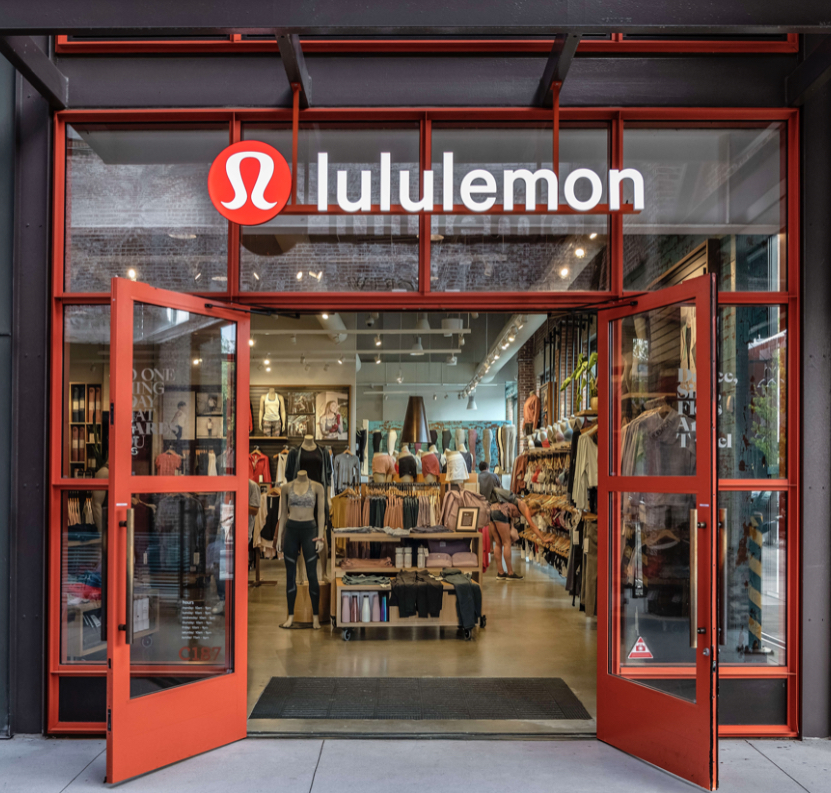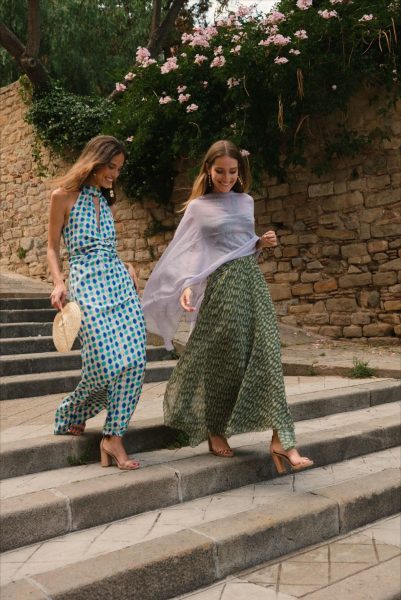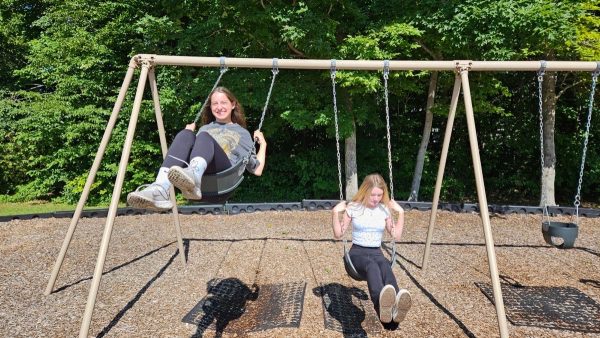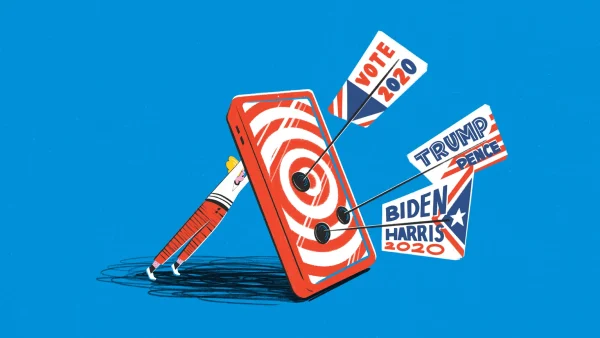Lululemon Athletica joins the resale movement of the fashion industry

More stories from Coco Corey
It’s time to say a quick goodbye to fast fashion as major retail names are embracing a newfound quest—sustainability.
Following the unprecedented fashion industry’s move of Levi Strauss & Co. and Patagonia Outdoor Clothing & Gear, Lululemon Athletica just announced that it will also be buying back its used clothing for resale. These brands are all known to be savvy in their efforts to promote loyalty through quality control and environmental sustainability; they are now taking it one step further by taking control of the resale of their own brands.
Lululemon announced last week that they will pilot a resale program named “Like New” in California and Texas. Much like Patagonia’s “Worn Wear” program and Levi’s “SecondHand” program, Lululemon will buy back its used clothing to resell again at a discount. All three retailers require people to bring the clothing into their stores, and in turn, they receive a gift card for future purchases within their own brand.
If these industrious trends continue in clothing production, there may no longer be the need of middlemen consignment stores such as Plato’s Closet. The obvious upside to large-scale, big brand resale programs will be the huge global impacts seen worldwide. Improvements in human rights and environmental cleansing should be significant outcomes of this movement as more consumers participate in “circular fashion,” wherein clothes are used over and over and then returned safely to the biosphere.
From a consumer standpoint, it will be interesting to watch if these larger companies can take over the resale market. It will most likely come down to their ease of use and buyback offers as to whether they can edge out consignment store middlemen. The buyback of clothing through smaller consignments is generally relatively low, however, the cash given back is able to be spent anywhere desired. With these big brand buybacks, consumers are bound to use the money to only purchase their brand in the future. This is risky because while these labels may build brand loyalty, they also may lose clientele who want the freedom of cash when selling their used clothing. On the other hand, there is something to be said for literal one-stop shopping. The idea of handing over a bag of used clothing to receive a gift card that can be used in that same store is appealing; that may be exactly what brands like Lululemon are banking on.
To make circular fashion a success story largely depends on our current youth: Gen Z.
It will also be intriguing to see how Lululemon presents their resale website. Patagonia’s Worn Wear shows buyers the original price of the clothing and then the resale price. which is usually about half. Levi’s SecondHand does not show the original retail price of the item. However, this may have more to do with the actual product line. Levi’s can market “vintage,” and it is particularly appealing in the world of denim. “Vintage” Patagonia has not really made a breakthrough. It is also hard to put a price on retro wear. While one pair of jeans may have originally sold at a higher retail price, the unforeseen popularity of another pair makes them now more valuable years later.
To make circular fashion a success story largely depends on our current youth: Gen Z. “Thrifting is increasingly popular with Gen Z, a generation that prioritizes environmental concerns. Mentions of thrift and consignment stores ranked No. 10 on a list of teens’ favorite brands this spring according to Piper Sandler’s biannual report on the generation’s spending. This was up from 23 a year earlier, as more teens familiarize themselves with secondhand marketplaces” (Thomas).
In order for programs like these to work, a dramatic shift in the buying habits of some Gen Zers will be required as we are also the generation used hugely to access cheap clothing made overseas. Generally speaking, the brands that care the most about human rights and environmental sustainability are the brands that cost more. However, this may also be the perfect solution—we are now presented with cheaper alternatives to buying the most coveted brands.
The future of the fashion industry is ever-changing—styles come and go in a blink. The way we buy clothes changes constantly. Indisputably, whether buying used, selling used, or buying new clothing, when we support brands with their eye on sustainability, everybody wins.
Mother Earth says thank you.

Coco Corey is a senior entering her second year writing for The Central Trend. Coco plays on the tennis team, and she is also one of the four student section...






























































































